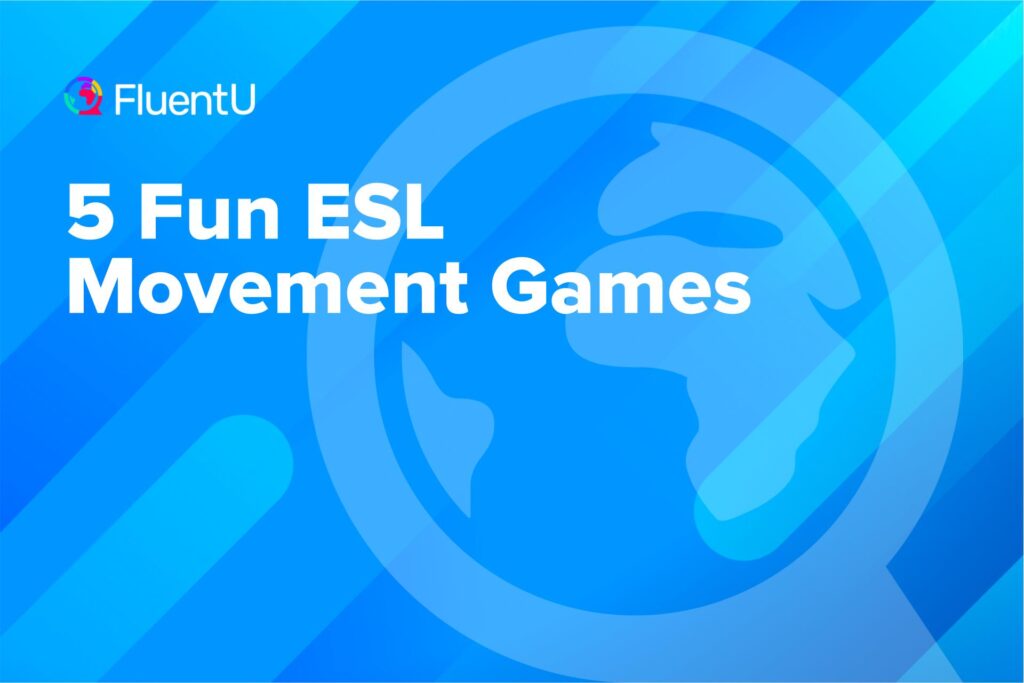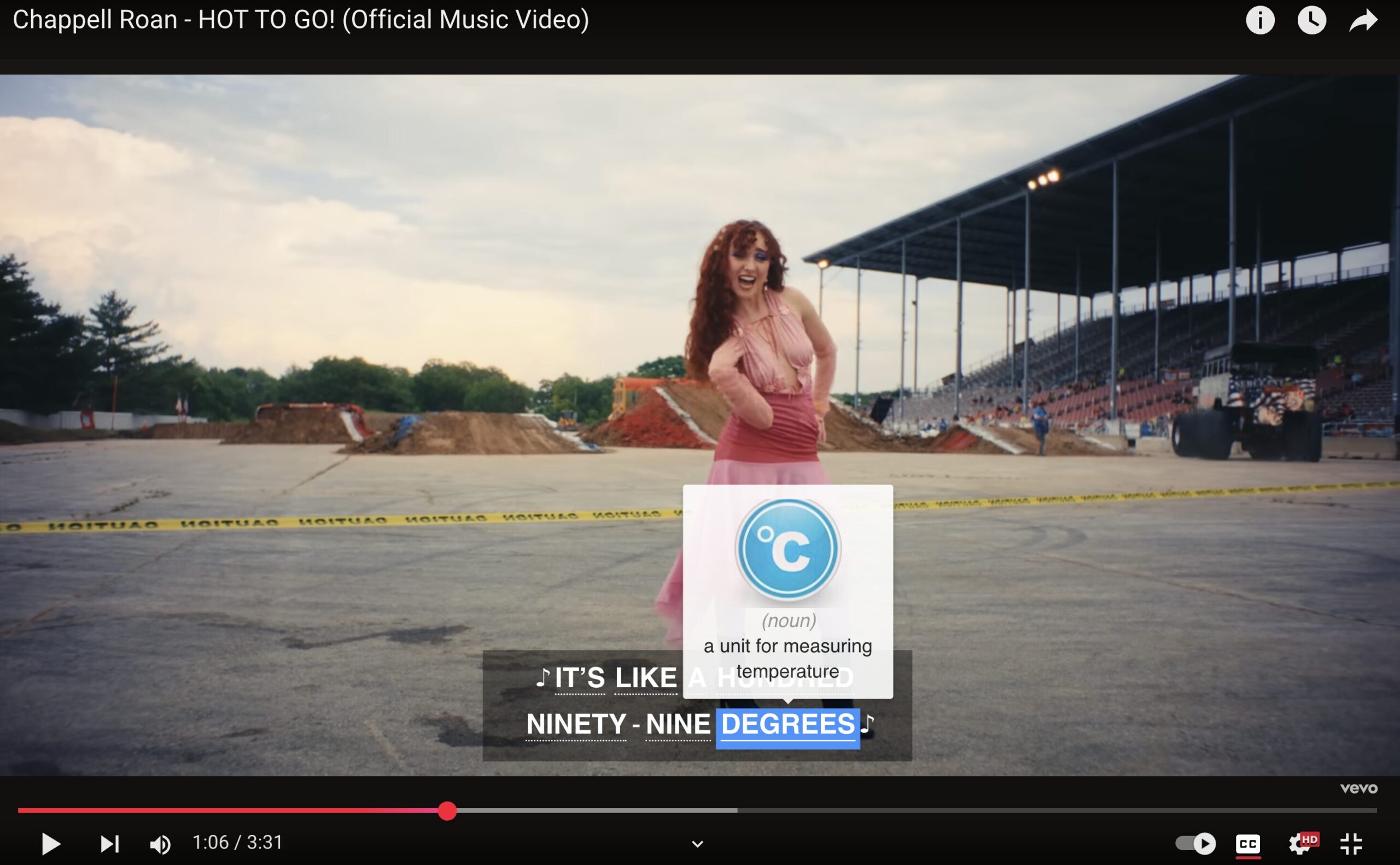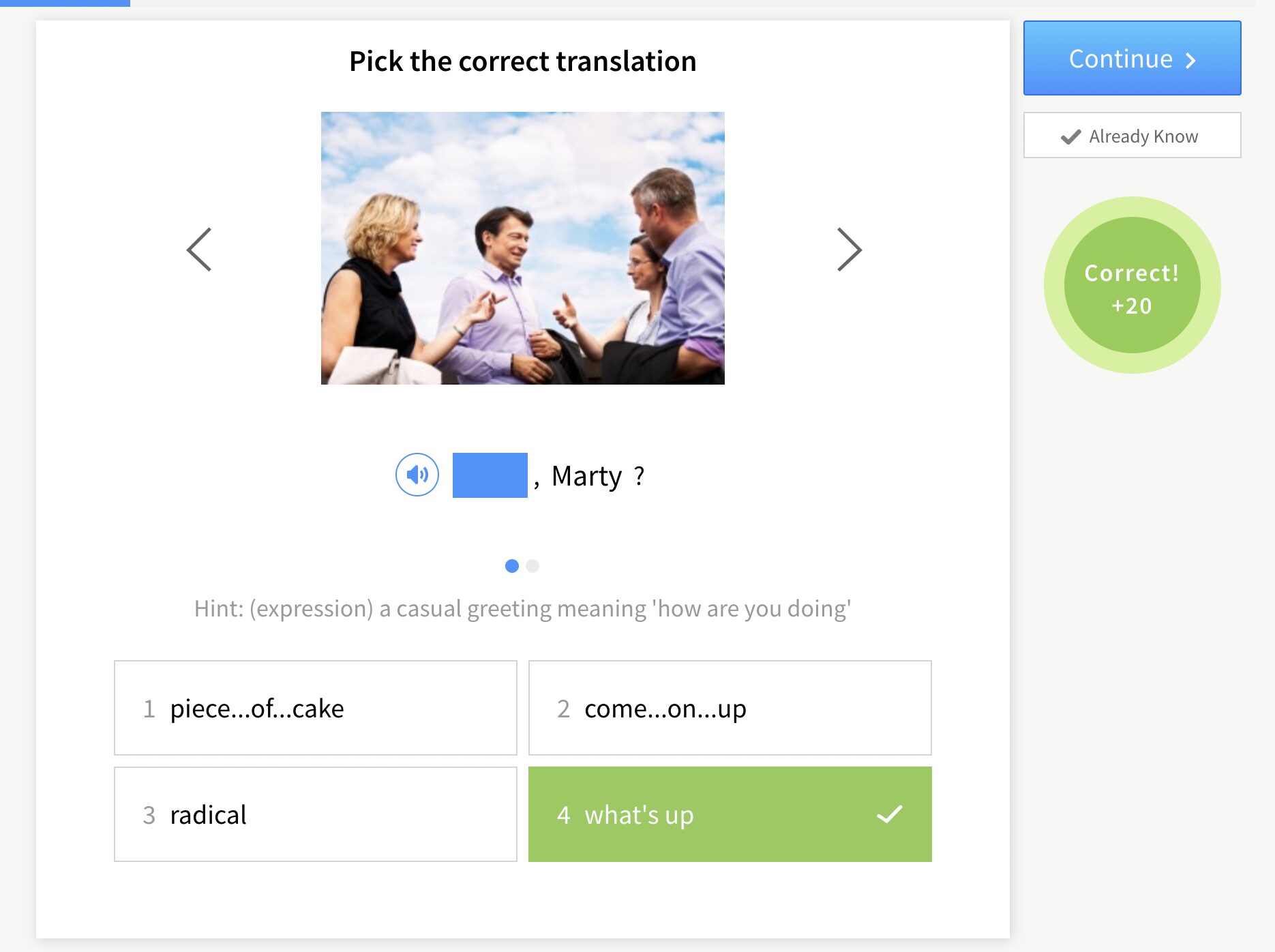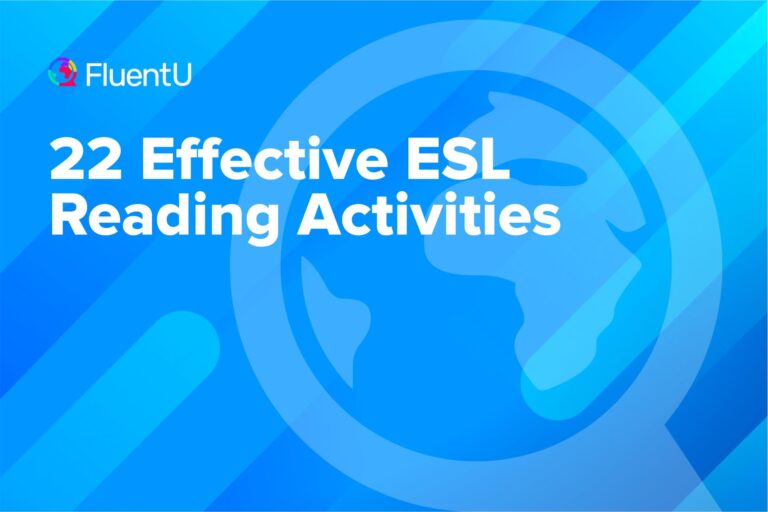5 Fun ESL Movement Games

Anyone who has taught a class of elementary school students for more than a day knows how difficult it is to keep students in their seats and focused on the lesson. But instead of getting frustrated with the kids’ energy, we should use that excitement for an educational activity.
Studies have shown that students learn better when they have more physical activity during the school day. Let’s take a look at five great ESL movement games that will not only get your class moving around, but also help them to develop their English skills.
Download: This blog post is available as a convenient and portable PDF that you can take anywhere. Click here to get a copy. (Download)
1. Teach Verbs Through Motion
This is when you can teach verbs to the entire class. If you’re teaching actions that can be performed in a small space, this is a perfect opportunity to get your students to act them out.
So after teaching your students words such as “jump” or “throw,” you can ask your students to show you what these words mean. As you watch your students perform these actions, you can also see who knows what to do immediately and which students need to follow the rest of class—now you’ll know who needs more help understanding vocabulary.
If you’re using words that require a level of interpretation and imagination, such as “dance,” you could have a bit more fun. Students love to show off in some of the most ridiculous ways—they’ll appreciate seeing you laugh when their dance style is absurd (let them go, they can learn to dance when they’re older).
This is also an opportunity for you to return to childhood games that require physical activity. You can teach your students parts of the body and actions through a game of Simon Says.
Here’s an example of how you might teach verbs in a physical way:
2. Reading and Acting Verb Competition
A variation of this first activity could be done in teams. Using the competitive nature of the students, you can determine which group of students can best perform each action and arbitrarily award points depending on performance and overall behavior.
This basic game should have only two teams, no matter the size of the class. The game itself should only take 10 to 15 minutes.
- Hold up a word or phrase for one team to read without showing the other.
- When the first team correctly reads the word or phrase, the other team will have to act it out.
- You can award a point for the team correctly reading and another for the team correctly acting it out.
You can also reverse the activity by playing charades and having the opposing team guess the action.
Another variation of the game includes showing the first team a picture that portrays an action and have a student from the team write the word or phrase on the board. The second team would then act out the word or phrase. Have fun trying these out and see what works best with your students!
3. Acting Out Dialogues
In smaller groups, especially with students who are a little beyond beginners, you can use short dialogues for students to act out. It can be a fairly simple dialogue, such as “Where is the library?” or “May I borrow a pencil?”
These should be dialogues that students have read before, so they’re more familiar with the phrases and actions associated with them. There usually won’t be as much movement here as you would have with the previous two activities, but there’s still enough such that the students aren’t stuck in their seats for an entire class period.
You can call two students at a time (sometimes three or four depending on the dialogue) to the front of the room. Provide them with a prompt to begin the dialogue (i.e. ask one another for directions or about each other’s hobbies). If it’s a dialogue that involves props, such as “May I borrow a …?,” it may help reinforce the vocabulary by forcing the students to pick the correct item for the dialogue.
Here’s an example of a dialogue you could use:
4. Twister Variations
Everyone loves Twister, but it’s not something you can play with an entire class. There are, however, variations that can be used in class to get the students moving and thinking.
You can use anything from colors and shapes to words and phrases that you place on the floor (use laminated versions and tape them to the floor so they don’t slide around). Make them large enough or make multiples so every student has an opportunity when playing.
You or a chosen student calls out the word/color/shape/etc. and the class rushes to step on or place a hand on that card stuck to the floor. You can also show a color or shape and have the students find the matching word on the floor.
Note: You should not actually turn this into a traditional game of Twister as it could lead to more problems with students pushing and hurting each other.
5. Jump to the Front
This game works with groups of three to five students at a time. You can break your class into teams and award points based on the results of each round.
As with other games, you can hold up a picture and have the students say or write the corresponding word or phrase. The first student to answer correctly gets to jump a space ahead (three or four answers should win the round). At each jump forward, there should be a card that the student must pick up and read.
If the student reads it correctly, he or she stays in that spot for the next question. If the student reads it incorrectly, he or she must jump back. Replace the card if the student gets it incorrect.
This simple game also keeps other students paying attention because they must behave to join in the game for subsequent rounds.
No matter how you include movement in your classroom, it will improve the overall performance and behavior of your students. They will make connections between English words/phrases and actions, while expending enough energy to sit still during the rest of the lesson.
The creation of a fun classroom atmosphere will also encourage students to pay attention and learn more, so add some movement to your ESL class today!
Download: This blog post is available as a convenient and portable PDF that you can take anywhere. Click here to get a copy. (Download)
And One More Thing…
If you’re like me and prefer learning English on your own time, from the comfort of your smart device, I’ve got something you’ll love.
With FluentU’s Chrome Extension, you can turn any YouTube or Netflix video with subtitles into an interactive language lesson. That means you can learn from real-world content, just as native English speakers actually speak.
You can even import your favorite YouTube videos into your FluentU account. If you’re not sure where to start, check out our curated library of videos that are handpicked for beginners and intermediate learners, as you can see here:
FluentU brings native English videos within reach. With interactive captions, you can hover over any word to see an image, definition, and pronunciation.
Just click on the word to see other example sentences and videos where the word is used in different contexts. Plus, you can add it to your flashcards! For example, if I tap on the word "viral," this is what pops up:
Want to make sure you really remember what you've learned? We’ve got you covered. Practice and reinforce the vocab from each video with learn mode. Swipe to see more examples of the word you’re learning, and play mini-games with our dynamic flashcards.
The best part? FluentU tracks everything you’re learning and uses that to create a personalized experience just for you. You’ll get extra practice with tricky words and even be reminded when it’s time to review—so nothing slips through the cracks.
Start using the FluentU website on your computer or tablet or, better yet, download our from the App Store or Google Play.
Click here to take advantage of our current sale! (Expires at the end of this month.)












